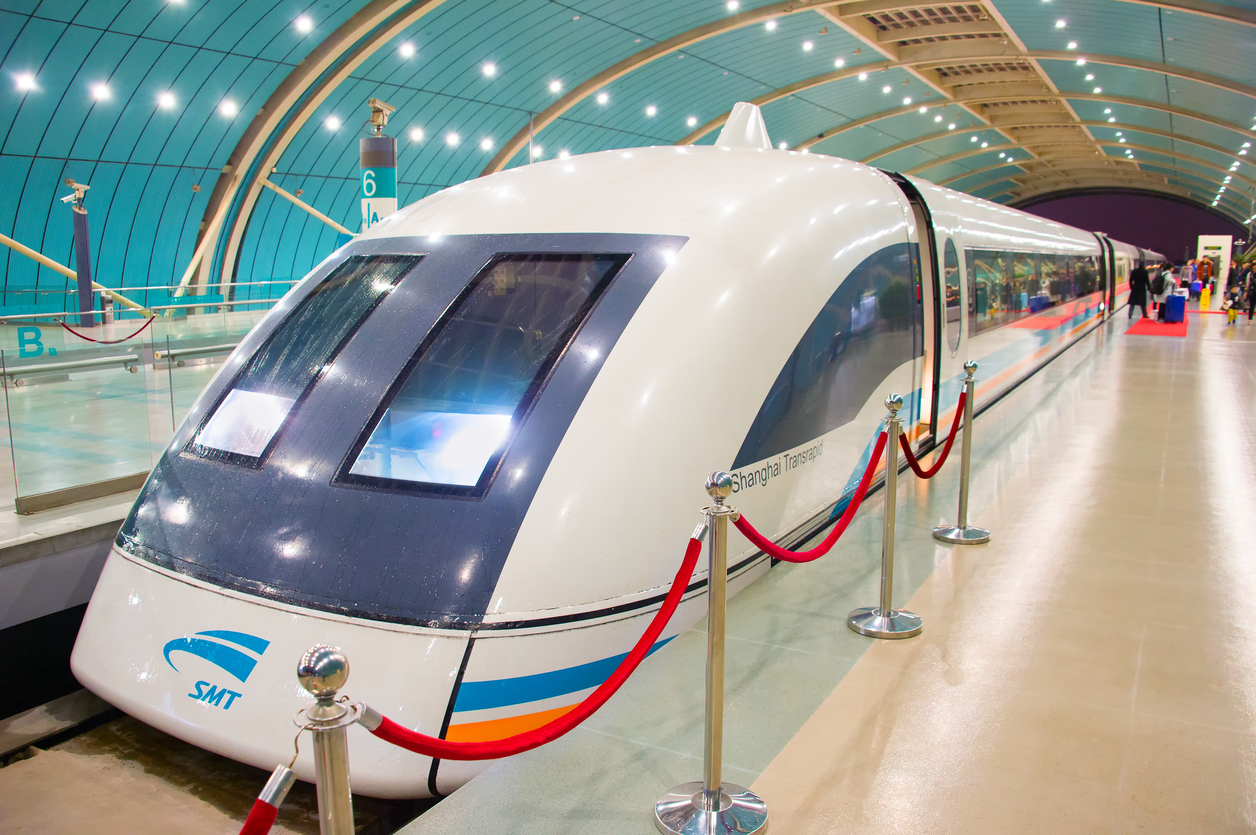
Will The Maglev Actually Create 74,000 Jobs?
When companies ask for people’s support and government subsidies for their projects, citing job creation and economic development, there are multiple reasons to be cautious.
The Northeast Maglev company is seeking Marylanders’ support of its proposed magnetic levitation train that would carry passengers between Baltimore City and Washington, D.C. in just 15 minutes. The Maryland chapter of the National Association for the Advancement of Colored People recently announced its support of the project for its promise of job creation.
If approved, the $15 billion Maglev project is to be funded mostly by taxpayers in the form of federal railroad grants. But one of its main selling points is the projected creation of approximately 74,000 construction jobs and 1,500 long-term jobs annually. Some Marylanders are clearly buying in to this marketing strategy.
Unfortunately, economic development and job creation arguments in favor of bullet train projects often turn out to be overly optimistic and utterly inaccurate.
Job multipliers are standard ways of predicting the number of jobs based on a project’s budgeted costs. But ultimately, the actual number of jobs a project will create depend on several existing economic conditions. For instance, job multipliers only work if construction workers are already unemployed. If they are currently employed, construction positions for Maglev can only be filled with workers from existing infrastructure projects.
As Martin Wachs, professor emeritus of engineering at University of California, Berkeley, points out in his study of transportation projects and economic growth, “Asserting that any expenditure will create a specific number of jobs is not well supported by evidence. […] the number used is a gross estimate based on generalized mathematical models, and such estimates could be far off for any particular expenditure.”
There is another problem. Assuming that the Maglev project actually creates 74,000 construction jobs, these would be short-lived and would not necessarily bring sustained economic growth. Although short-term job creation is also important, especially during recessions, it is difficult to justify spending billions to create jobs that will disappear once the project is completed.
Finally, the 1,500 long-term job calculation does not account for the fact that rail transportation is ripe for technological innovation and automation. Since the Maglev will be over a decade long project, it is difficult to predict to what extent machines may have ended up replacing the jobs of railway engineers, ticket service, security, and safety inspections by the time the Maglev will be in full operation.
Given this set of concerns, it is not a wise idea to support the Maglev project for the goal of job creation. There are other ways for Maryland to encourage job creation and economic growth.
According to the 2019 business tax climate report by the Tax Foundation, Maryland ranks 40th out of 50 states in terms of business tax competitiveness. Therefore, one of the most commonsense strategies to attract more companies and jobs to Maryland would be reduce the state’s 8.25 percent corporate income tax rate to Virginia’s rate of 6 percent.
A lower corporate tax rate would help Maryland attract jobs that are both short- and long-term, and would not cost taxpayers billions of dollars. And more importantly, a comprehensive business tax rate reduction would help Maryland to attract jobs of various industries and build a diversified economy. This is especially important, because Maryland is one of the states most heavily dependent on federal government.
In conclusion, the Maglev project should be evaluated based on its value as a cost-efficient transit option, rather than its potential for job creation. That said, my previous blog addresses the cost concerns regarding the Maglev. My previous op-ed explains why the Maglev is not an ideal transit option for D.C. and Baltimore City.





